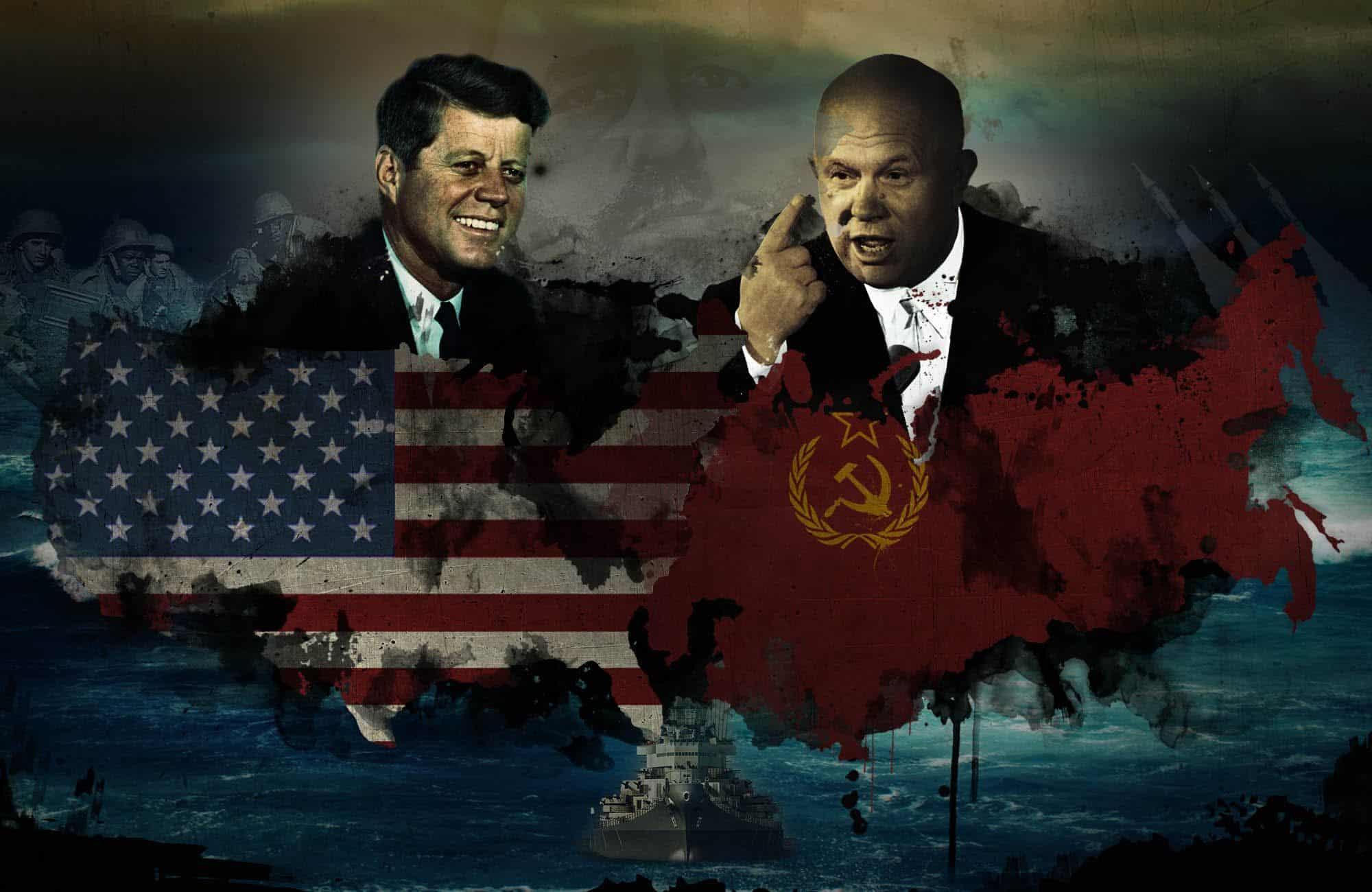A plan to turn America into a nation of hippo meat eaters was seriously considered a century ago. It came about because of a widespread meat shortage, and it was not just some fringe crank scheme. The idea to ranch hippos in America in order to produce millions of tons of meat annually was supported by the day’s leading newspapers and many prominent politicians. Below are thirty things about that and other schemes that didn’t pan out or, better yet, were deservedly abandoned before they were executed.
30. The “Meat Question” That Plagued Early Twentieth Century America

In the early twentieth century, America faced a growing meat shortage. The price of beef had skyrocketed, as industry struggled to meet rising demand from a burgeoning population. Between natural increase and waves of new immigrants, America had many more mouths to feed, and many of those mouths wanted meat. Unfortunately, while that was going on, cattle ranges had been ruined by decades of overgrazing, herds shrank, and the number of cows in the country dropped by millions every year. What came to be known as the “Meat Question” was a serious issue back then, and what to do about it was never far from the minds of American consumers, pundits, and politicians. Things seemed so dire, that there was even serious of a potential famine unless a solution was found.

It was against that backdrop that somebody hit upon a seemingly brilliant plan: hippos. Why not import hippopotamuses from Africa, set them loose in the deltas and swamplands of the Gulf Coast, and raise them for food? Hippos were full of blubbery goodness, so why not turn America into a nation of hippo ranchers? To many, that seemed like a great answer to the Meat Question. A US Department of Agriculture researcher figured that the answer to the country’s meat shortage lay in the exploitation of unproductive lands to produce food. The swamps along the Gulf Coast were highly unproductive, but that could change if hippos were introduced there. Free range hippopotamuses set loose in the bayous, especially those of Louisiana, could easily yield a million tons of meat per year.

